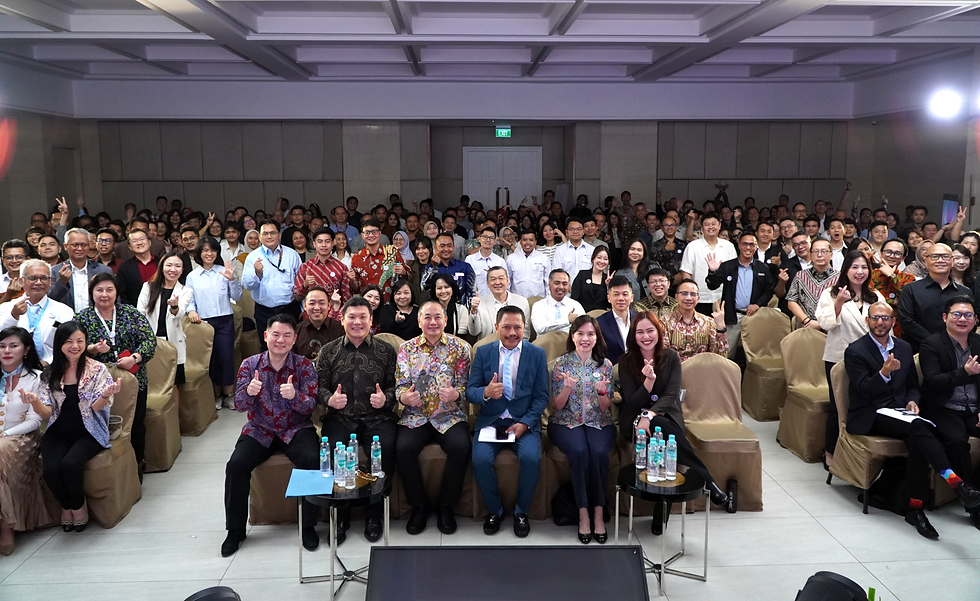How to Lead Multicultural Teams Effectively in the Workplace
- TechConnect

- Apr 6, 2023
- 2 min read

Image source: teambuildingincentive.com
People are more mobile in their careers than ever before in this globalization era. Many people are willing to relocate within their country or even abroad in order to enhance their jobs. It is also becoming more usual for ambitious executives to intentionally seek to relocate for their careers.
A multicultural workplace can provide numerous benefits to both the firm and its employees, but it is not without its obstacles. Every business leader and executive requires specific skills and knowledge to manage multicultural teams. Here are tips to lead your Multicultural Teams in your organization.
- Encourage cultural awareness from the beginning
Managing a multicultural team effectively begins with the hiring and onboarding process. Cultural sensitivity and diversity are not readily engrained, therefore it is critical to get it right from the start. This includes screening potential candidates' cultural sensitivity throughout the interview process to ensure they are a suitable match for a multicultural work environment. Cultural sensitivity and cross-cultural training should also be included in your onboarding process. This will establish multicultural principles from the beginning and make it apparent to new hires what is expected of them, as well as provide them with the skills necessary to function effectively in a multicultural setting.
- Consider various modes of communication
People communicate in different ways, which is especially true in a multicultural workplace. Many cultures have their own communication styles and standards, and your personal communication style may not function well with team members from other cultures. Expecting employees from different cultures to communicate in ways that do not correspond to their own culture can be irritating and stressful, not to mention counter-productive. When some team members believe that the underlying context is understood, while others believe that what is said is all that is meant, issues can occur between people from high-context and low-context communication cultures. Managers and team members who have been taught in multiple communication styles may adapt to each individual and select the optimal communication style for the occasion.
- Create safe zones
It is more crucial than ever to provide safe spaces for employees while managing a multicultural company. People can open up in safe and confidential environments, fostering improved communication and addressing issues more quickly and effectively. Miscommunication can happen in any workplace, but it is extremely dangerous in multicultural settings. When communication fails, people need to know they can speak openly to someone who will not judge them - this is when safe places come in handy. Safe spaces are crucial for any team member who feels on the outside looking in, but they are also critical for the majority or local culture.
- Consider distinct cultural customs and requirements
Managing a multicultural workplace should address not just the culturally different needs immediately related to work, but also larger needs and habits. Food served in the company canteen or at work functions should be culturally inclusive, providing vegetarian and halal options, for example. It is also vital to create culturally appropriate locations, such as a "quiet" room for prayer or meditation. If you notice a need in your multicultural workplace, please notify HR or upper management. Furthermore, if you are a decision-maker, consider how you might make changes that will benefit personnel from other cultures.
Source: edhec





Comments